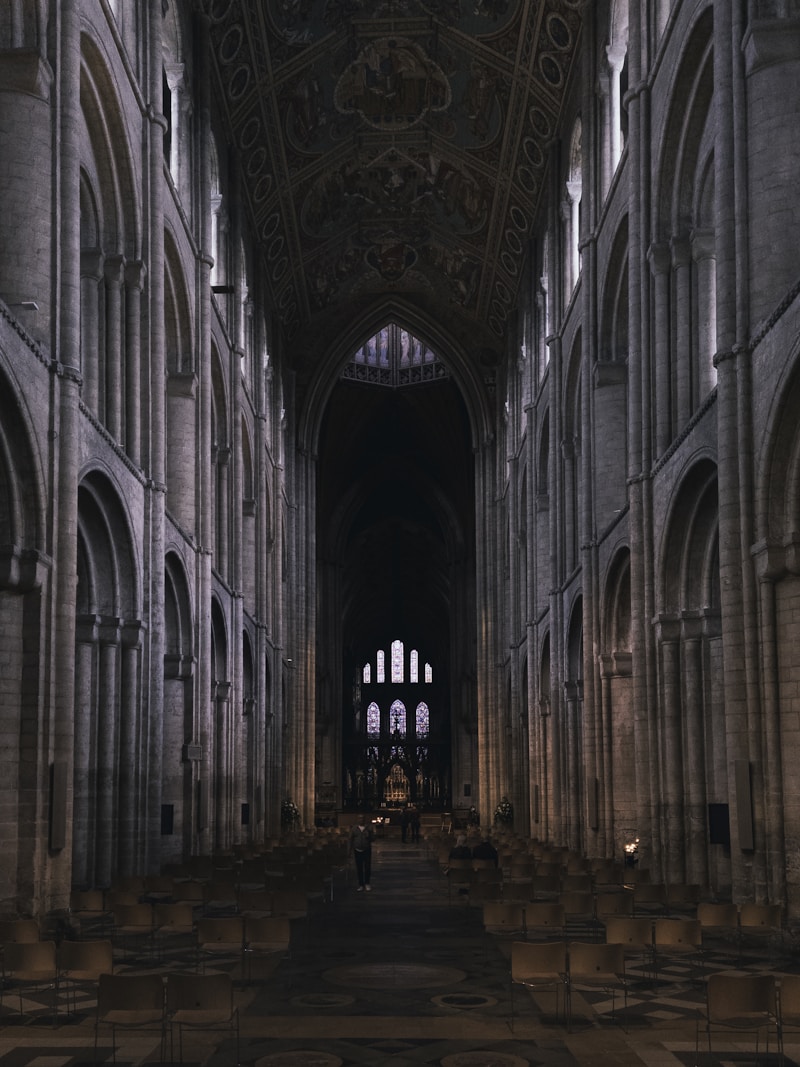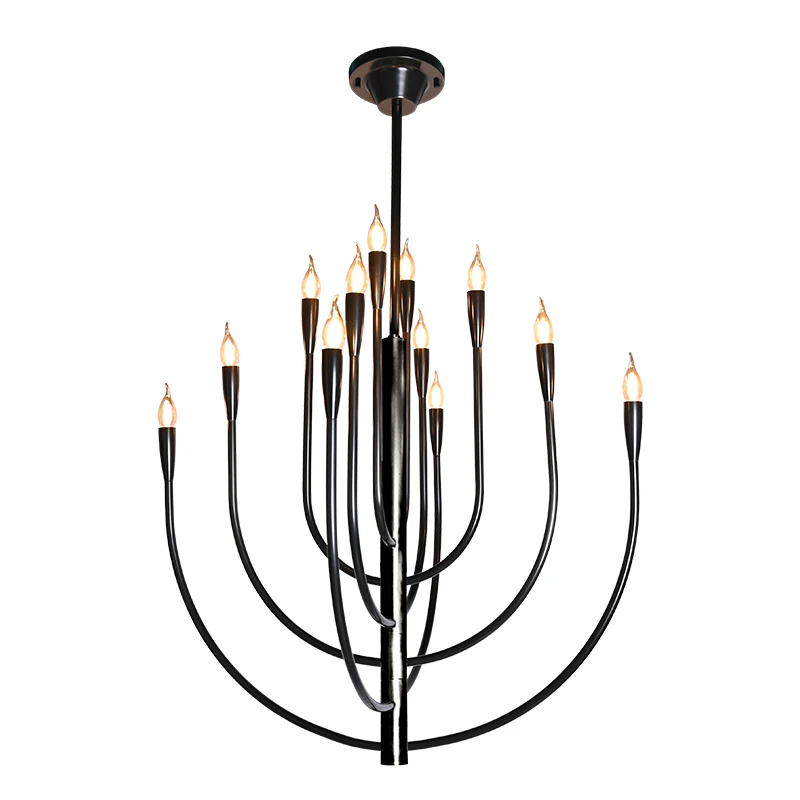Illuminating the Past: Medieval Influences on Modern Culture
Illuminating the Past: Medieval Influences on Modern Culture
In today’s world, the echoes of the medieval era can be found in various facets of modern culture, shaping our artistic expressions, architectural practices, and even social norms. This article will explore the medieval influences that illuminate our past, guiding our present and future. We will delve into the historical significance of the Middle Ages, its impact on literature, architecture, and art, and how these elements continue to resonate in contemporary culture.
The Historical Context of the Medieval Era
The medieval period, often referred to as the Middle Ages, spans from the 5th to the late 15th century. This era is marked by significant transitions in European history, including the fall of the Western Roman Empire and the rise of feudalism. The complex tapestry of medieval life involved a diverse array of cultures, resulting in rich artistic and architectural paradigms.
Medieval Influences in Literature
Medieval literature presents a fascinating genre that has influenced countless writers and storytellers. The themes of chivalry, romance, and moral dilemmas are prevalent in works like “The Canterbury Tales” by Geoffrey Chaucer and “Le Morte d'Arthur” by Sir Thomas Malory. These texts not only reflect the social structures of medieval society but also introduce archetypal characters that continue to appear in modern narratives.
Table of Influential Medieval Texts and Their Themes
| Text | Author | Themes |
| The Canterbury Tales | Geoffrey Chaucer | Social Satire, Pilgrimage |
| Le Morte d'Arthur | Sir Thomas Malory | Chivalry, Honor |
| Beowulf | Anonymous | Heroism, Fate |
| Divine Comedy | Dante Alighieri | Morality, The Afterlife |
The Architectural Legacy of the Middle Ages
The medieval architectural style has left an indelible mark on the structural Aesthetics of modern buildings. Gothic cathedrals such as Notre-Dame in Paris and Chartres Cathedral are monumental achievements that demonstrate intricate designs and a mastery of engineering. These Gothic structures introduced innovations like flying buttresses and ribbed vaults, which paved the way for later architectural developments.

In addition to Gothic styles, the medieval period birthed Romanesque architecture, characterized by its solid, stout constructions and decorative arcading. The synthesis of these architectural elements can be seen in many modern city infrastructures that embrace both form and function.
Artistic Expressions from the Medieval Era
The art of the Middle Ages provides profound insights into the societal values, religious beliefs, and everyday life of the time. Illuminated manuscripts, with their elaborate illustrations and intricate decorations, offer windows into the spiritual and intellectual pursuits of medieval people. Artists like Giotto began breaking from the traditional Byzantine style, paving the way for the Renaissance, and showcasing more naturalistic forms and emotional expressions.
Religious art dominated much of the medieval period, with paintings and sculptures serving to educate the masses about biblical stories. Today, the influence of these artistic styles can be seen in modern-day graphic novels and illustrations, where detailed imagery plays a crucial role in storytelling.
Medieval Influences on Modern Culture
Today’s pop culture, including films, video games, and literature, frequently draws inspiration from medieval themes. Popular series like “Game of Thrones”, based on George R.R. Martin's A Song of Ice and Fire, reinvigorates the complexities of medieval political intrigue, conflicts, and ethical dilemmas. The series' success attests to our collective fascination with the medieval past.
Moreover, the influence of medieval culture extends into contemporary fashion, with trends often evoking the garments and hairstyles of the time. The aesthetic of long gowns, tunics, and elaborate embroidery returns in seasonal collections, demonstrating the cyclic nature of fashion influenced by historical contexts.
FAQs About Medieval Influences
What are some specific elements of medieval culture that still exist today?
Medieval influences persist through architectural styles, literature motifs, and even social structures that have evolved over time. Feudalism's echoes can be found in modern hierarchies within institutions and organizations.
How do modern authors incorporate medieval themes in their works?
Many modern authors use medieval themes to explore concepts of morality, heroism, and societal struggles, often creating parallels with contemporary issues, such as leadership and ethics.
In which ways can one experience medieval culture today?
Experiencing medieval culture can be done through attending Renaissance fairs, viewing historical reenactments, or visiting preserved ancient structures that showcase medieval architectural styles.
Conclusion: The Continuing Legacy of Medieval Influences
In conclusion, the rich tapestry of medieval influences continues to illuminate our present, teaching us about our shared history and cultural heritage. From literature and art to architecture and modern pop culture, the medieval period offers invaluable insights into human nature and societal development. As we draw connections between our past and present, we are reminded to appreciate the beauty and complexity of historical narratives that shape our experiences today. Understanding these influences not only enriches our cultural knowledge but also allows us to create a more conscious future.
As you delve into the world of medieval influences, consider how these themes resonate in your own life and culture. Whether exploring literature, architecture, or the arts, embracing these historical connections enhances our appreciation of creativity and expression.
